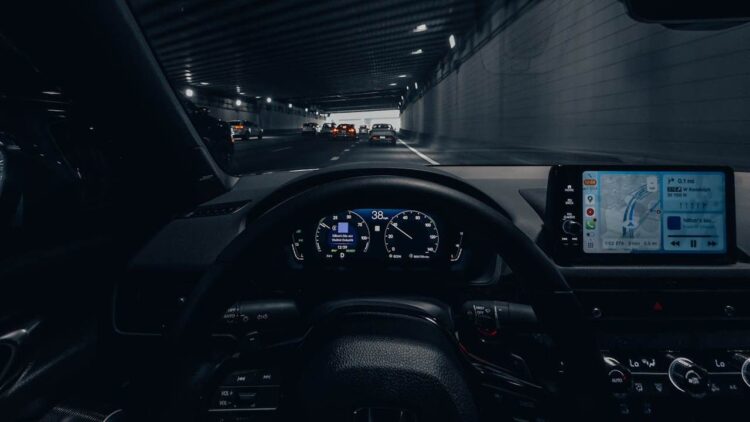IoT market research firm, Berg Insight forecasts telematics control unit (TCU) global shipments for both passenger and commercial vehicles reached 74.4 million units in 2024 and are projected to grow at a compound annual growth rate (CAGR) of 5.0%, reaching 95.0 million units by 2029.
The market value is expected to increase from €8.6 billion to €11.5 billion over the same period, reflecting the growing importance of connectivity in vehicles.
Currently, the majority of TCUs sold feature 4G LTE connectivity, but there is a clear trend towards 5G technology, with expectations that 5G TCUs will comprise about 70% of total shipments by 2029.
This transition presents both opportunities and challenges for IT infrastructure and network leaders in Southeast Asia, as they prepare for the implications of more advanced connectivity in the automotive sector.

According to Martin Cederqvist, senior analyst at Berg Insight, “LG Electronics leads the TCU market with a share of 26%.” Other key players include Aumovio, Harman, and Denso, indicating a competitive landscape for TCU suppliers.
In the network access device (NAD) segment, Quectel has emerged as the market leader with a 23% share, known for its strong domestic foothold in China and substantial international presence.
For network security leaders, the interdependencies among TCU suppliers, NAD vendors, and system-on-chip (SoC) manufacturers illustrate a complex value chain where OEMs exert considerable influence.
“Vehicle OEMs hold substantial leverage over their suppliers and dictate both technical specifications and commercial terms,” Cederqvist notes, emphasising the delicate balancing act that NAD and TCU vendors must perform.

The future landscape is being shaped by emerging technological trends. Fredrik Stalbrand, principal analyst at Berg Insight, highlights challenges for OEMs in aligning with cellular network generations while maintaining cost-effectiveness.
He notes that “5G RedCap is a promising solution to handle these challenges.” The integration of TCUs with other systems is becoming crucial for competitive advantage, with trends like smart cockpit designs gaining traction.
As Southeast Asia moves towards increased adoption of TCU technologies, the interplay of 5G capabilities, emerging technologies like V2X communications, and autonomous driving will require network leaders to be nimble and responsive.
Staying ahead in this constantly evolving market will demand close alignment with OEM requirements and efficient management of supplier relationships.



